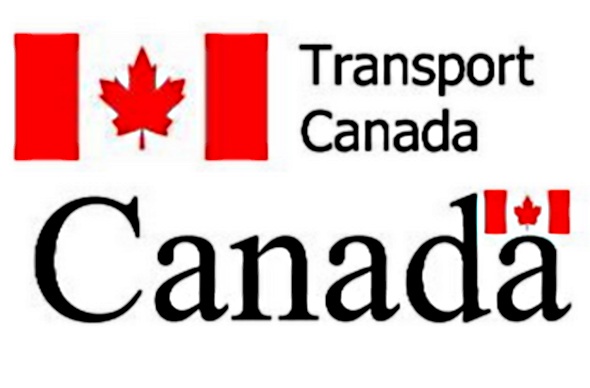
Transport Canada is proposing to allow drones weighing as much as a Cessna 152 to be operated beyond visual line of sight (BVLOS) over “isolated areas” to free-up unmanned craft operations across the country.
However, these proposals are being opposed by major aviation groups in Canada as a threat to manned aircraft operations. Under the proposal, drones weighing as much as 650 kgs could be flown BVLOS below 400 ft in areas that have a population density of less than 25 people per square kilometer and at least a kilometer away from areas that have a higher population. Drones weighing less than 160 kgs could be flown BVLOS in those same areas above 400 ft. The new rules would also allow visual line of site operations (VLOS) in uncontrolled airspace above 400 ft for drones weighing as much as 250 kgs with some restrictions. The proposals are driven by the burgeoning drone industry, which claims technology has or will overcome safety concerns.
However, the Canadian Owners and Pilots Association has opposed the proposal, saying it relies too much on assurances and the self-regulation of the drone industry. “It would appear as though [Transport Canada] is more focused on being nice to the remotely piloted aircraft systems (RPAS) manufacturers and industry than on ensuring our level of flight safety is maintained,” COPA President Bernard Gervais said in a letter.
COPA wants more detail on pilot licensing requirements, an airworthiness certification process for drones beyond a “manufacturers’ declaration of compliance”, and a system of procedures to allow manned aircraft and drones to operate safely in the same airspace.
The Ultralight Pilots Association of Canada has also opposed the proposals, noting that population density is an irrelevant measure of the potential for airspace conflicts because manned aircraft operate virtually everywhere in the country.
For more information

